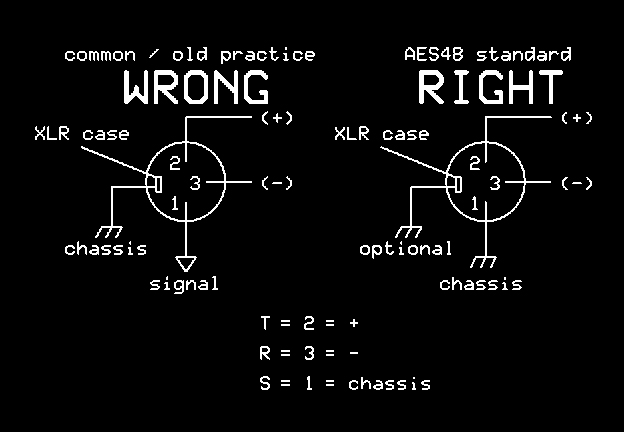leigh said:JohnRoberts said:Do not waste brain cells on this distraction... if there was a valid reason for them being there it will reveal itself over time, if not it won't.
Well, if you're saying it's safe to ignore, then I believe you. I want to clean up the grounding in this board, but I don't want to yank something out and then regret it later, just because I didn't understand it at the time. In any case, now the output jacks look like this - that's pin 1 to chassis, and no more 12k resistors connecting pins 2 & 3 with pin 1.
PS: It may look like pin 1 is also going to signal ground via the blue and yellow cables, but those cable shields are not connected to anything on their other ends.
No I am saying it is not productive to spend time and effort on hypotheticals about why they might be there. It does not seem obvious to me either. Ideally we would ask the person who added the extra parts.
In lieu of that focus on the known unknowns, continue to clean up the noise floor and if the extra resistors were serving some useful purpose they will reveal themselves later in the quieter room.
JR




































